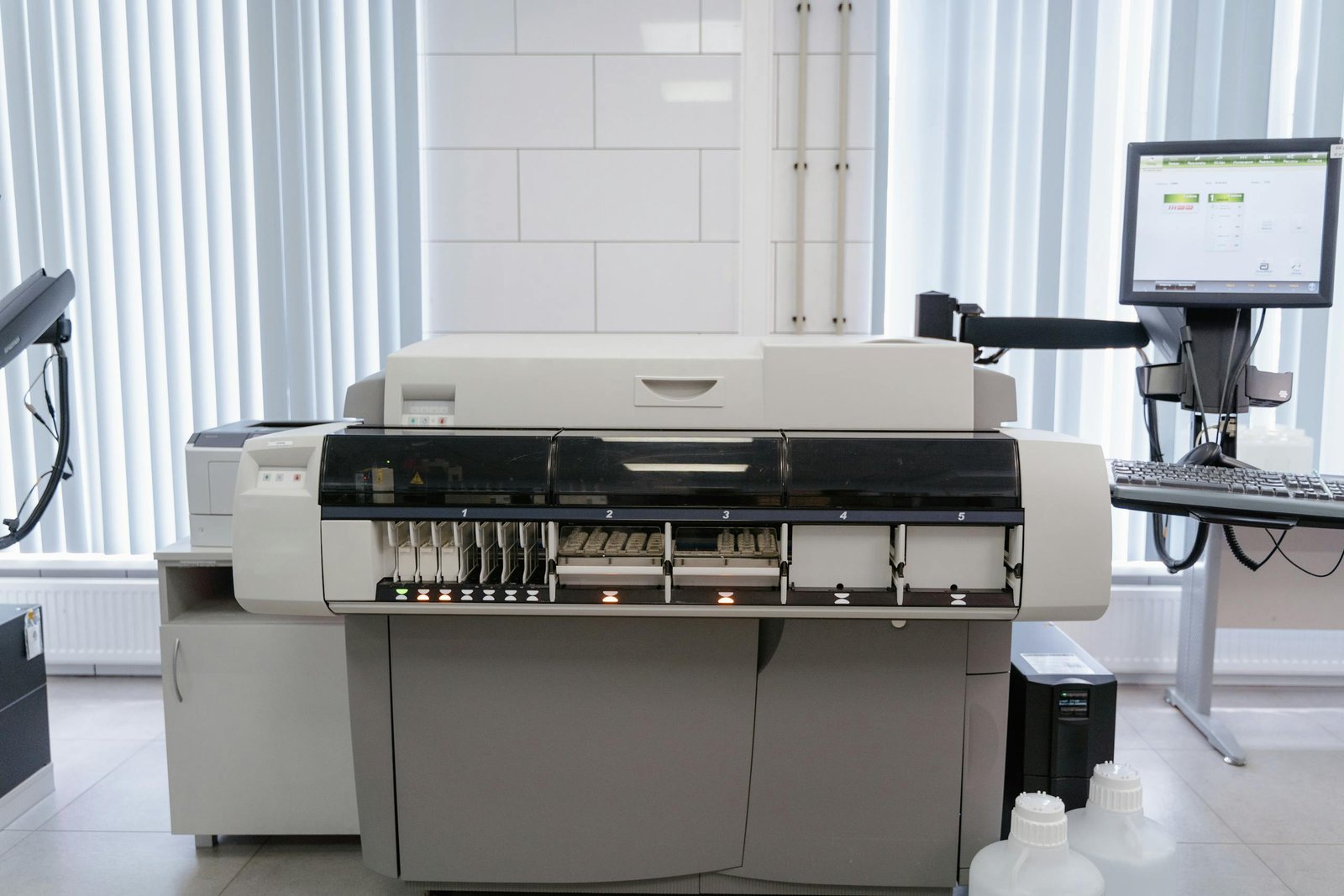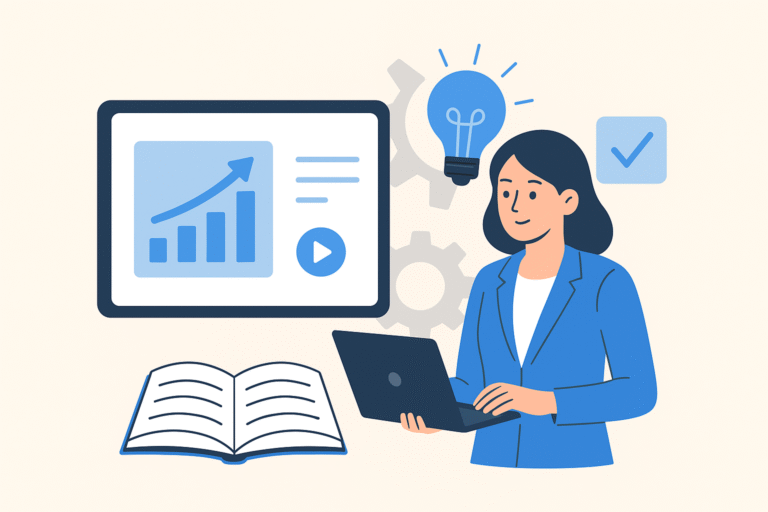
In an era defined by rapid technological advancements, organizations are increasingly turning to innovative tools and solutions to enhance workplace efficiency. The modern workplace is no longer bound by traditional office environments; it has evolved into a dynamic landscape where remote work, collaboration, and digital tools play a pivotal role in driving productivity. This article looks deep into how harnessing technology can transform workplace efficiency, exploring various tools and strategies that organizations can implement to optimize their operations.
Understanding Workplace Efficiency
Before looking into the tools and technologies that improve workplace efficiency, it’s essential to define what we mean by this term. Workplace efficiency refers to the ability of an organization to maximize output while minimizing waste—whether that’s time, resources, or effort. It involves optimizing processes, enhancing collaboration, and ensuring that employees can perform their tasks effectively.
In today’s fast-paced business environment, where competition is fierce and customer expectations are higher than ever, achieving workplace efficiency is not just a goal; it is a necessity. Organizations that can streamline their operations and leverage technology effectively are better positioned to adapt to change, innovate, and sustain growth.
The Role of Technology in Enhancing Workplace Efficiency
Technology serves as a catalyst for improving workplace efficiency by automating tasks, facilitating communication, and providing tools for collaboration. Here are some key areas where technology can make a significant impact:
1. Communication Tools
Effective communication is vital for workplace efficiency. Miscommunication can lead to errors, delays, and frustration among team members. Fortunately, numerous tools exist to enhance communication in both remote and in-office settings.
a. Instant Messaging Platforms
Tools like Slack, Microsoft Teams, and Discord enable team members to communicate in real time, reducing the need for lengthy email threads. These platforms facilitate quick discussions, file sharing, and integration with other tools, enhancing the flow of information.
b. Video Conferencing
With the rise of remote work, video conferencing tools such as Zoom, Google Meet, and Microsoft Teams have become essential. These platforms enable face-to-face meetings, making it easier to build relationships, conduct training, and collaborate on projects. This direct interaction can significantly improve workplace efficiency by fostering clearer understanding and connection among team members.
c. Project Management Software
Tools like Asana, Trello, and Monday.com help teams organize tasks, set deadlines, and track progress. By providing a centralized platform for managing projects, these tools enhance visibility and accountability, ensuring that everyone is aligned and aware of their responsibilities. This clarity contributes to improved workplace efficiency by reducing the chances of tasks falling through the cracks.
2. Collaboration Tools
Collaboration is at the heart of workplace efficiency. When teams collaborate effectively, they can leverage diverse ideas and skills, leading to better outcomes. Technology offers a variety of tools to facilitate collaboration:
a. Cloud Storage Solutions
Services like Google Drive, Dropbox, and OneDrive allow team members to store, share, and collaborate on documents in real time. This accessibility ensures that everyone has the most up-to-date information, reducing the risk of errors and miscommunication.
b. Collaborative Editing Tools
Google Docs, Microsoft Office 365, and Notion enable multiple users to edit documents simultaneously. This real-time collaboration fosters teamwork and speeds up the content creation process, enhancing workplace efficiency.
c. Digital Whiteboards
Tools such as Miro and MURAL provide virtual whiteboard spaces where teams can brainstorm, map out ideas, and visualize concepts. This creative collaboration can lead to innovative solutions and improved project outcomes.
3. Automation Tools
Automation is a game-changer for workplace efficiency. By automating repetitive tasks, organizations can free up employees to focus on more strategic activities. Here are some ways to leverage automation:
a. Workflow Automation
Tools like Zapier and Integromat allow organizations to automate workflows by connecting different applications. For example, when a new lead is added to a CRM, an automated email can be sent to the sales team, ensuring timely follow-up. This reduces manual work and accelerates processes.
b. Scheduling Automation
Scheduling tools such as Calendly and Doodle streamline the process of setting up meetings. By allowing team members to select available time slots, these tools eliminate back-and-forth emails and help teams coordinate more efficiently.
c. Email Automation
Email marketing platforms like Mailchimp and HubSpot enable organizations to automate their communication with customers. By sending targeted emails based on user behavior, companies can improve engagement and drive conversions, contributing to overall workplace efficiency.
4. Time Management Tools
Effective time management is crucial for improving workplace efficiency. With the right tools, employees can manage their schedules more effectively, prioritize tasks, and minimize distractions.
a. Time Tracking Software
Tools like Toggl and Harvest allow employees to track the time spent on various tasks and projects. This visibility helps individuals understand where their time goes, identify areas for improvement, and ultimately enhance productivity.
b. Task Management Applications
Apps such as Todoist and Microsoft To-Do help individuals and teams prioritize tasks and manage their workloads. By breaking down larger projects into manageable steps, these tools promote focus and accountability, improving workplace efficiency.
c. Pomodoro Technique Tools
The Pomodoro Technique encourages individuals to work in short bursts, followed by breaks. Tools like Focus@Will and Forest can help employees implement this technique, leading to increased concentration and reduced burnout.
5. Performance Management Tools
Monitoring and improving employee performance is essential for maintaining workplace efficiency. Technology can provide valuable insights into individual and team performance.
a. Performance Analytics Platforms
Tools like 15Five and Lattice enable organizations to set goals, provide feedback, and conduct performance reviews. By tracking progress and identifying areas for development, these platforms help employees stay aligned with organizational objectives.
b. Employee Engagement Surveys
Regularly conducting surveys through platforms like SurveyMonkey or Culture Amp allows organizations to gauge employee satisfaction and engagement. Understanding employee sentiments helps leaders make informed decisions that enhance morale and productivity, thereby improving workplace efficiency.
6. Learning and Development Tools
Investing in employee development is critical for sustaining long-term workplace efficiency. Technology offers numerous options for training and skill enhancement.
a. Learning Management Systems (LMS)
Platforms like Udemy for Business and LinkedIn Learning provide employees with access to a wealth of online courses and training materials. By facilitating continuous learning, organizations can equip their workforce with the skills needed to adapt to changing demands.
b. Virtual Training Solutions
Tools such as Zoom and WebEx enable organizations to conduct training sessions remotely. This flexibility allows employees to participate in learning opportunities without the constraints of location, enhancing skill acquisition and application.
7. Cybersecurity Tools
As organizations increasingly rely on technology, ensuring the security of digital assets is paramount. Cybersecurity tools play a crucial role in protecting sensitive information and maintaining workplace efficiency.
a. Antivirus and Anti-malware Software
Implementing robust security software helps protect devices from cyber threats, minimizing downtime and disruptions. Tools like Norton and McAfee safeguard organizational data, allowing employees to focus on their work without fear of breaches.
b. Password Management Solutions
Tools like LastPass and 1Password streamline password management, ensuring that employees use strong, unique passwords for their accounts. This reduces the risk of unauthorized access and enhances overall security within the organization.
Implementing Technology for Workplace Efficiency
Adopting technology to improve workplace efficiency requires careful planning and execution. Here are some steps organizations can take to ensure a successful implementation:
1. Assess Current Processes
Before introducing new tools, organizations should conduct a thorough assessment of their existing processes. Identify pain points, bottlenecks, and areas where technology could enhance efficiency. This analysis will inform the selection of tools that best meet the organization’s needs.
2. Involve Employees in the Selection Process
Engaging employees in the decision-making process fosters buy-in and ensures that the chosen tools align with their workflows. Conduct surveys or focus groups to gather input on preferred tools and features, promoting a sense of ownership and collaboration.
3. Provide Training and Support
Successful implementation requires adequate training and support. Offer comprehensive onboarding sessions to familiarize employees with new tools and provide ongoing resources for troubleshooting and skill development. This investment in training enhances user adoption and maximizes the benefits of technology.
4. Monitor and Measure Impact
After implementing new tools, organizations should continuously monitor their impact on workplace efficiency. Collect data on usage, performance metrics, and employee feedback to assess the effectiveness of the technology. This ongoing evaluation allows organizations to make informed adjustments and improvements.
5. Build a Culture of Adaptability
Encouraging a culture of adaptability and openness to change is essential for maximizing workplace efficiency through technology. Promote an environment where employees feel comfortable experimenting with new tools and processes, fostering innovation and continuous improvement.
The Future of Workplace Efficiency
As technology continues to evolve, the potential for enhancing workplace efficiency will only grow. Here are some emerging trends and technologies that organizations should keep an eye on:
1. Artificial Intelligence (AI)
AI is poised to revolutionize various aspects of workplace efficiency. From automating repetitive tasks to providing data-driven insights, AI-powered tools can enhance decision-making and optimize workflows. For example, chatbots can handle customer inquiries, freeing up employees to focus on more complex tasks.
2. Remote Work Technology
The shift to remote work has prompted the development of innovative tools that enhance collaboration and communication. Virtual reality (VR) and augmented reality (AR) technologies are emerging as valuable resources for remote training and team-building activities, further improving workplace efficiency.
3. Enhanced Data Analytics
Data analytics tools are becoming increasingly sophisticated, enabling organizations to make more informed decisions based on real-time data. By harnessing advanced analytics, organizations can identify trends, optimize processes, and enhance overall performance.
4. Integration of Tools
The future of workplace efficiency lies in the seamless integration of various tools and platforms. Organizations will increasingly seek solutions that allow different applications to communicate and work together efficiently, creating a more cohesive technological ecosystem.
Conclusion
Harnessing technology to improve workplace efficiency is no longer a luxury; it is a necessity for organizations striving to thrive in a competitive landscape. By adopting the right tools and strategies, organizations can streamline processes, enhance collaboration, and empower employees to perform at their best.
As we move forward, the importance of technology in shaping the future of work will only increase. Organizations that prioritize workplace efficiency through technology will be better equipped to adapt to change, drive innovation, and sustain growth in an ever-evolving business environment. Investing in technology is not just about improving processes; it’s about creating a culture of efficiency that fosters engagement, productivity, and success.






